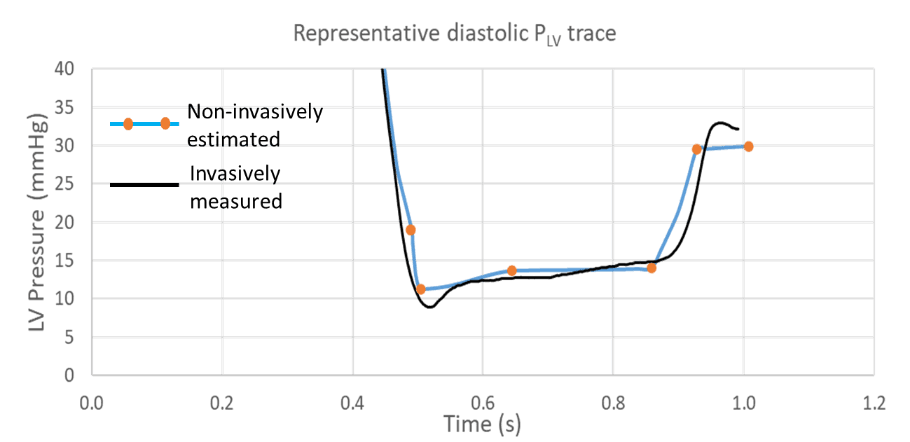Business opportunity
Heart failure is one of the most prevalent heart diseases, affecting over 64 million people worldwide, and has a mortality as high as severe types of cancer. Heart failure is however a heterogeneous syndrome, and case ascertainment and categorization of patients are challenging, resulting in substantial observer variability, even at the expert level. A generally accepted gold standard is lacking, and there is need for better diagnostic methods.
To aid in the diagnosis and tailor therapy of a subset of patients with heart failure, those with normal left ventricle (LV) ejection fraction(HFpEF) but increased LV stiffness; we offer a non-invasive, semi-automated analysis method. The method is based on routine ultrasound assessment of patients presenting with symptoms of shortness of breath or heart failure. It can be implemented in software on both existing and new ultrasound scanners in all cardiology polyclinics around the world. The tool will enable cardiologists to provide better and faster diagnoses and earlier and more targeted treatment and thereby improving patient outcomes and reducing hospitalization.
Inven2 seeks partners for co-development and/or licensing of the technology. We are interested to validate the technology applicability together with user partners.
Technology description
Scientists at Oslo University Hospital together with collaborators at King’s College London, UK and Nagoya City University, Japan have developed a first-ever method that can provide a non-invasive estimate of the pressure in the LV. In these patients, the most important diagnostic criterion for heart failure is the demonstration of elevated LV diastolic pressure.
Our non-invasive method demonstrates very good overlap with the highly invasive gold standard for measuring left ventricular pressure through catheterization, and we believe the method may be considered a clinical breakthrough.

Advantages
- Enhance quality and speed of heart failure diagnostics
- Enable early and targeted therapy
- Allow seamless integration in clinical workflow
IPR
A priority patent application was filed in 2021.

